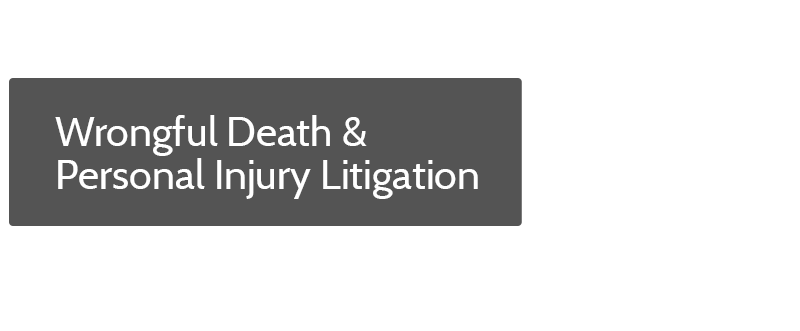Property Hazard Avoidance: Watch the Windows
Sliding doors and shower doors are not the only glass-related hazards in the home. Windows represent a danger too, for several reasons. Like other hazards, homeowners can be held liable for injuries or deaths resulting from unsafe conditions relating to windows. Smart homeowners keep windows locked, supervise children, and install proper safety devices.
UNLOCKED WINDOWS CREATE NUMEROUS SAFETY HAZARDS
Most people understand that unlocked windows create a danger of theft or home invasion. Leaving windows unlocked at night is hazardous, and can result in theft or bodily harm.
But unlocked windows also create a danger from within the home. Children often attempt to open windows, either to see outside, to feel the breeze, or to look down on people and animals below. Unsupervised children may fall from upper floors and suffer serious injury, or even death. Even ground floor windows represent a serious falling hazard for toddlers and small children.
To avoid these hazards, keep windows locked securely when children are present. If you decide to open a window, make sure to supervise children. Do not assume that window screens will block a fall — screens are not designed to support any weight, and will not block the fall of even a very small child.
WINDOW BARS SHOULD ALWAYS CONTAIN INTERIOR QUICK-RELEASE LEVERS
In some areas, people install window bars or other security devices to prevent home invasion and theft. While these devices may protect the home from external threats, they create a serious risk to life in the case of a fire within the home. If people trapped inside the home cannot remove the bars to escape, a dangerous situation becomes a tragedy.
Modern window bars often contain quick-release levers on the inside, allowing the bars to be removed in the case of fire. If you install window bars on your home, make sure to use the type designed for residential use, and ensure that everyone in the home knows how to remove the bars, and escape, in the event of fire. Even children should be taught to operate the bars, to help prevent unnecessary tragedies.
WHEN POSSIBLE, USE TEMPERED GLASS
When installing windows, use tempered or safety glass (instead of plate glass) to reduce the risk of shattering and other injuries. When installing stained-glass windows and other decorative windows which do not contain safety glass, think carefully about the location of the window and the furniture placed around it. Consider installing furniture farther away from untreated windows, to avoid the risk of children climbing up and falling into the window accidentally.
ALWAYS COMPLY WITH BUILDING CODES
Check building codes before installing windows, or window protection devices like shutters and bars. Many counties and municipalities have statutes and codes which govern the installation, upgrading, and maintenance of windows and safety-related coverings. Failure to comply with applicable building codes may constitute negligence per se – which means that an injured person only needs to prove an injury and damages in order for the homeowner to be liable for the damage caused by the dangerous condition. Don’t let that be you.
Windows are a beautiful and important part of every home. Properly installed and maintained, they accentuate every room. With a little care and planning, homeowners can reduce the risk of injuries from glass, falls, and improperly-installed safety bars–making the home a safer, and more enjoyable, place to live.














